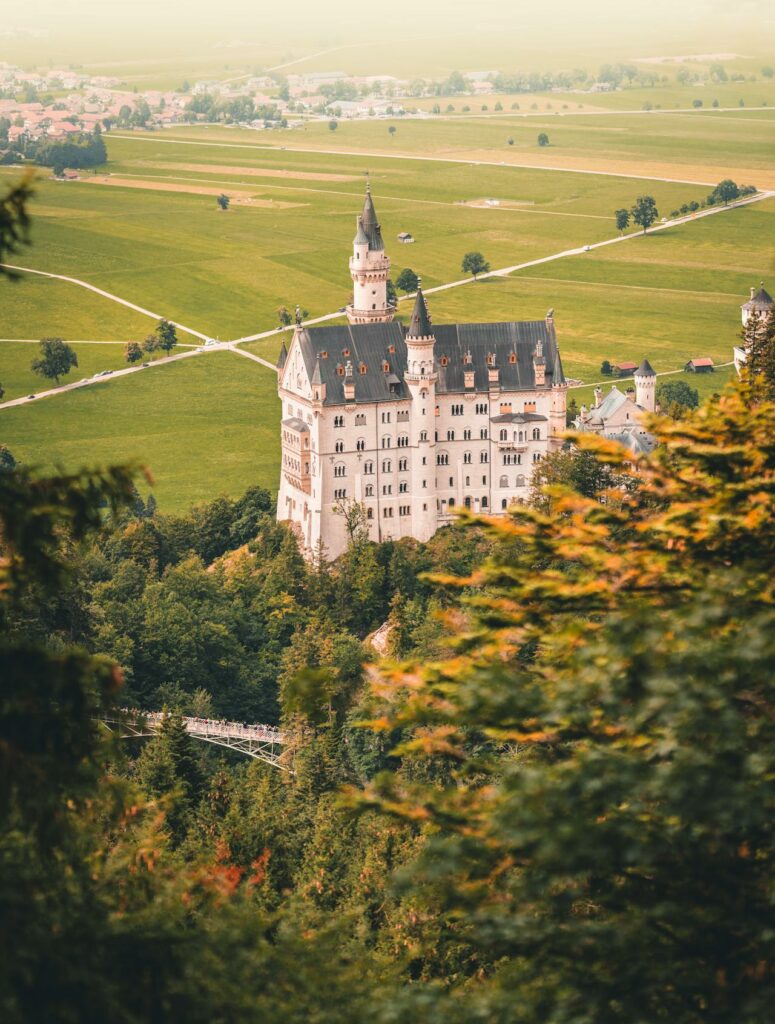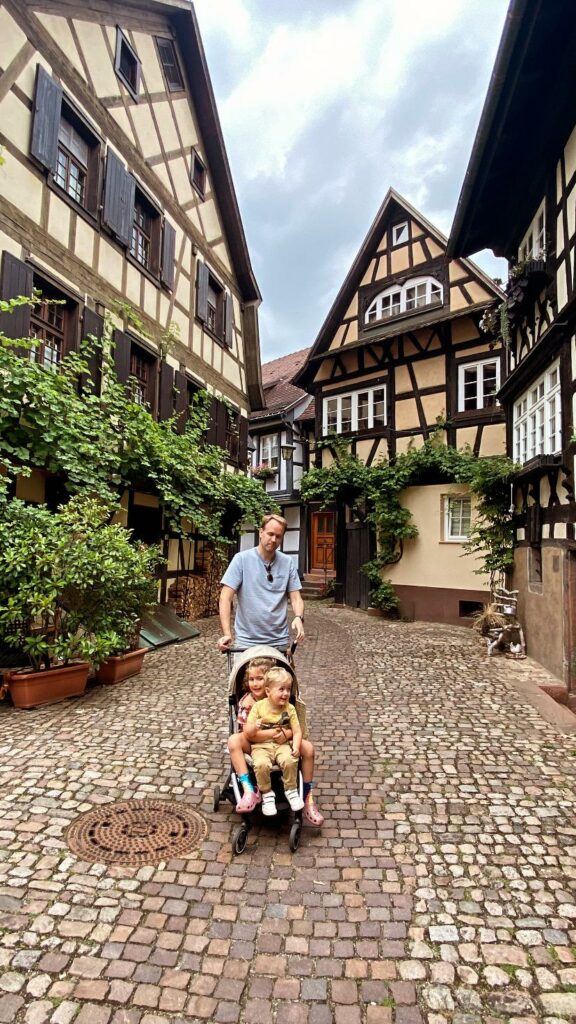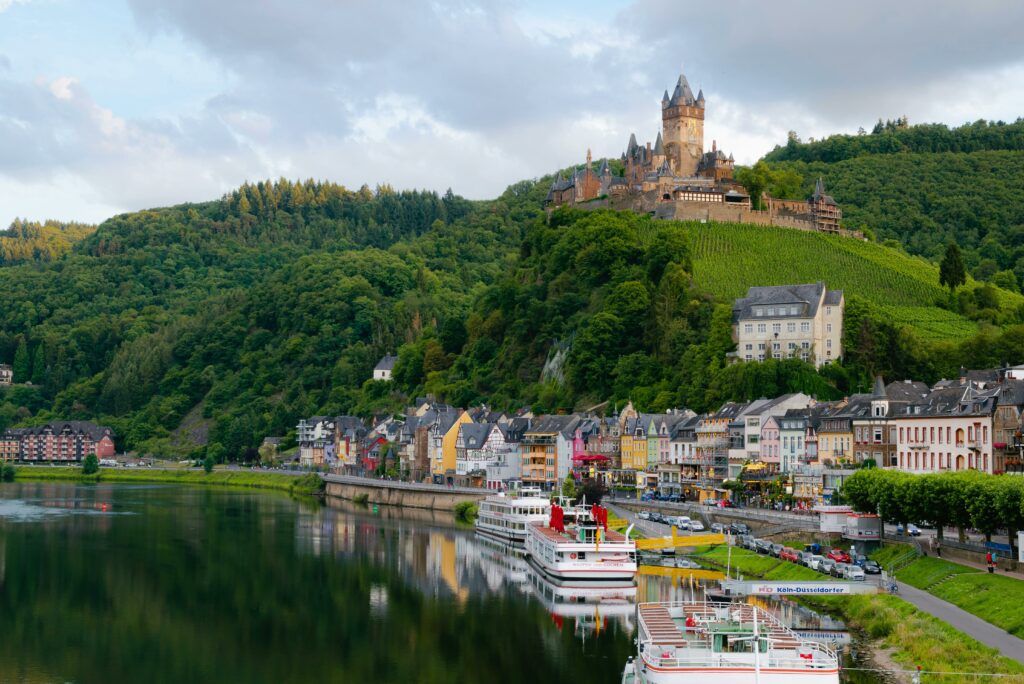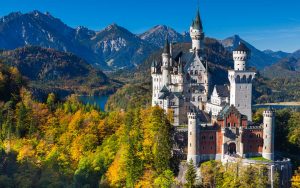Germany is a country of contrasts: fairytale castles and cutting-edge cities, rolling vineyards and snow-dusted Alps, ancient forests and futuristic skylines. From the beer gardens of Bavaria to the riverside villages of the Rhine, every region tells a different story. Whether you’re here for history, culture, food, or nature, Germany offers countless ways to experience its charm.
At Wanderlab, we highlight the best places to see in Germany from world-famous cities to hidden gems, and help you build itineraries that make the most of your journey.
Germany Travel Guide
Germany is a country of contrasts: fairytale castles and cutting-edge cities, rolling vineyards and snow-dusted Alps, ancient forests and futuristic skylines. From the beer gardens of Bavaria to the riverside villages of the Rhine, every region tells a different story. Whether you’re here for history, culture, food, or nature, Germany offers countless ways to experience its charm.
At Wanderlab, we highlight the best places to see in Germany from world-famous cities to hidden gems and help you build itineraries that make the most of your journey.
Berlin – Creative Capital: A city where history meets reinvention. Explore the Berlin Wall’s remains, wander through world-class museums on Museum Island, and dive into a nightlife scene unlike anywhere else. Berlin is gritty, creative, and endlessly fascinating.
Munich – Bavaria’s Beating Heart: Elegant squares, traditional beer halls, and proximity to the Alps make Munich a must-visit. Come in autumn for Oktoberfest, or any time of year to explore Bavarian culture, Baroque palaces, and leafy English Garden.
The Romantic Road – Castles & Medieval Towns: Drive through southern Germany’s most scenic route, where half-timbered towns like Rothenburg ob der Tauber and Würzburg sit alongside vineyards and fairytale castles like Neuschwanstein.
The Black Forest – Nature & Tradition: Deep green valleys, timbered farmhouses, and trails through dense pine forests define this region. Perfect for hiking, spa breaks, and tasting the original Black Forest cake.
The Rhine Valley – Castles on the River: Cruise along the Rhine River past dramatic castles, terraced vineyards, and postcard villages. Highlights include Koblenz, Rüdesheim, and the legendary Lorelei rock.
Hamburg – Gateway to the World: Germany’s second city blends maritime heritage with modern cool. Visit the Speicherstadt warehouse district, enjoy concerts at the Elbphilharmonie, and explore its lively harborfront.
Dresden – Baroque Beauty: Rebuilt after WWII, Dresden shines again with grand architecture, including the Frauenkirche and Zwinger Palace. The city also has a thriving art scene and riverside charm.
Cologne – Cathedral & Culture: Home to the towering Cologne Cathedral, this city also offers a vibrant old town, riverside walks, and a lively beer hall culture centered around local Kölsch beer.
The Bavarian Alps – Peaks & Lakes: From the Zugspitze (Germany’s highest peak) to the crystal-clear lakes of Königssee and Eibsee, this region is paradise for hikers, skiers, and nature lovers.





